

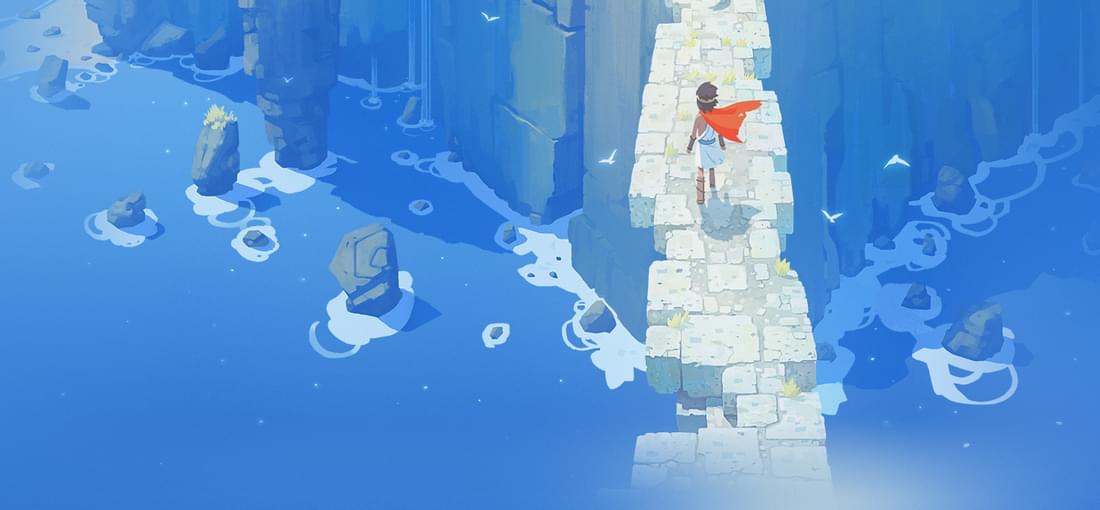
After the 1st hour I was absolutely in love with this game. Exploring a wonderful island full of little details and solving riddles without any time pressure or enemies was a totally relaxing experience. Well, I was a little annoyed by the game's tendency to force a perspective (i.e. overriding mouse look) on you in the most unwelcome moments .. but that was my only complaint. Then I entered the 2nd area and the idea of freely exploring the island was shattered by a giant bird that attacks every time you leave cover for a few seconds. Which means that also large parts of the world take place indoors with much less eye candy. So my enthusiasm had waned somewhat but I still liked the game a lot. Now unfortunately, the next area is totally indoor and starts with one of the most stupid game design ideas: impossible architecture. Even worse, suddenly the "ghosts" attack you and respawn immediately. Still, there are some OK riddles and nice graphics, so yeah, well. The forth and last area is totally dark and rainy without actual riddles (apart from some switches) and leads to a somewhat disappointing epilogue. It took me less than 7h to get there and given that only 11% of the GOG Galaxy players got there shows that I'm not the only one disappointed about the direction the game takes after the first chapter. It's still very nice with one of the most beautiful cell shading implementations I ever saw but it could have been the perfect game if they kept up the quality of the 1st chapter and evolved the game into an open word exploration adventure instead of burying the fun in symbolism and bad design ideas.
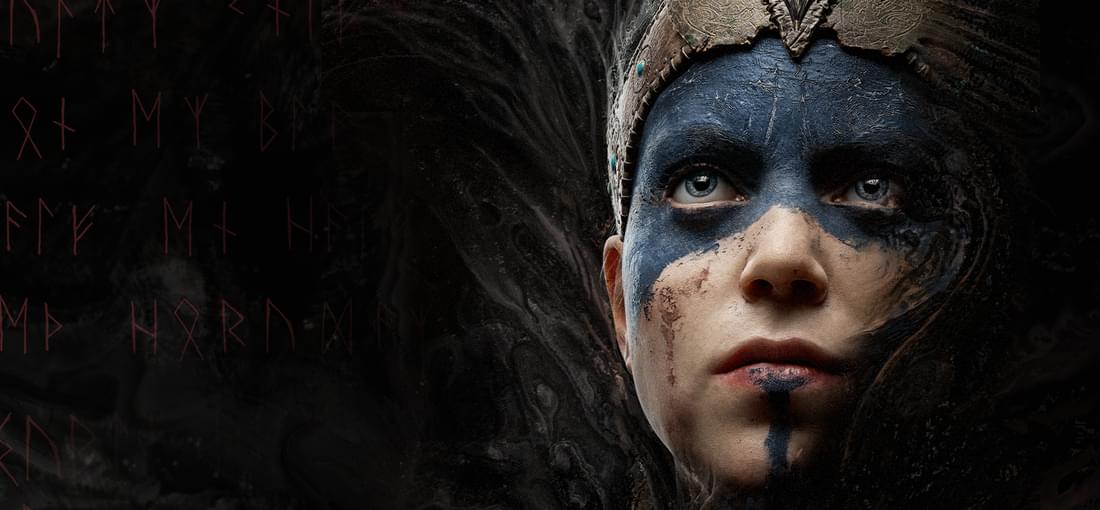
Hellblade looks great most of the time, sometimes only good, sometimes stunning. Ninja theory was always good with character design, use of shaders etc., so Senua's visuals and animations are surely state of the art. But she's the only human character in Hellblade that even has a 3D model. In her lengthy visions and flashbacks, all other human characters are 2D videos fitted into the 3D scene. Even this effect is less somewhat concealed by blurring etc. it's one point where you clearly see that Hellblade is not a AAA title. Gamewise it's a mixture of adventure elements with arena fights. Like typically you need to open doors by finding runes in the area featuring riddles like superposition or shadows. Sometimes you can alter reality by portals, looking through masks or getting the right angle to arrange a splintered window. These parts are mostly great with a few well designed puzzles. Then there are some annoying parts where you need run through burning labyrinths, find you ways through changing mazes or sneak in total darkness through hordes of monsters that will kill you at once if they spot you. The game design is very linear where you progress from area to area and can't make detours other than to find a hidden runestone here and there. About every time you enter an open space or larger room, an arena fight emerges, where you are attacked by monstrous warriors that (re-)spawn in the arena. Through the game, harder types of opponents appear (shielded, with axes etc.) but there are only like 5-6 types in sum plus a few bosses. So the difficulty is mainly raised by the number of opponents which gets very annoying and chaotic towards the end when you are surrounded by five or more opponents. Still, your own abilities don't evolve in the game. No new combos or moves to be learned. Just two sword strikes, dodging, melee and focus (bullet time). Still, it was a captivating experience, but I needed ~10h and a lot of that was passive contents like flashbacks.
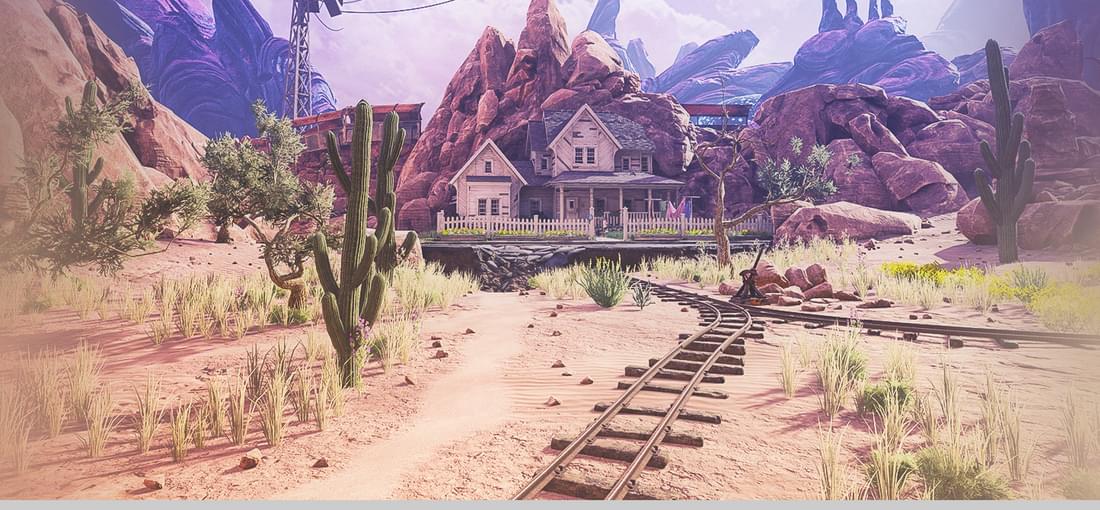
I never was into Myst games mainly since I dislike pre-rendered graphics and my main interest in every kind of game is to roam freely around and explore the landscape. So I wasn't interested in Obduction because of its Myst legacy but because of the promise of a SciFi adventure with interesting locations. All in all, I'm quite happy with the game. The 2D videos/animations for the few occurrences of other people talking to (not with) you bummed me out a bit since this felt like a reminiscence of crappy 90s FMV adventures, but I guess this is slightly better than just audio or ugly 3D characters as presented in other non-AAA titles. The locations/graphics range from OK to gorgeous with nice color design. You can move freely, but most of the times you are limited to walking on given paths (no jumping, swimming, climbing). Loading times are usually quite fast, but "swapping" locations means loading and some of the puzzles later in the game include a lot of swapping, so it can get annoying even though the swapping animation is kinda cool. Most of the puzzles are somewhat logical and the first part of the game is a good mixture of exploration and physical puzzles like starting generators, opening doors, using machinery. Later in the game, the puzzle design changes towards swapping which can get mildly annoying. Besides, there are tons of hints towards more complex puzzles which are totally missing though. Like there is no inventory and no item interaction whatsoever other than using levers, buttons and the like. Admittedly, I got totally stuck at one point towards the end of the game, where I overlooked a hidden exit and got totally frustrated by trying to find a way to the tree in Kaptar since I assumed I had to swap there from another world. I partly blame the game design as some doors suddenly were locked in Maray and the level design hints to undiscovered areas which can't be accessed. Bit short, too. Without getting stuck, I guess it would've taken 10h or so.
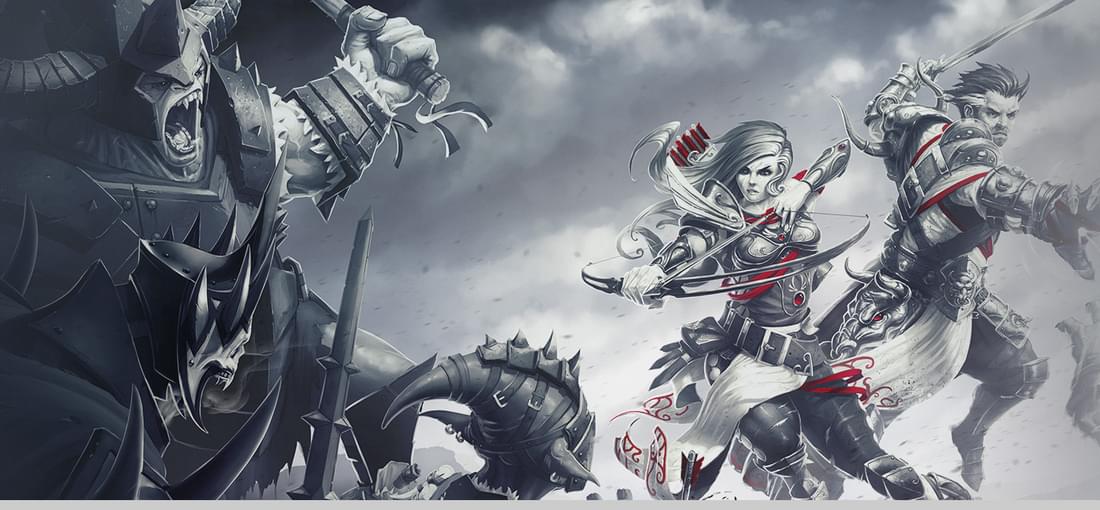
No, this isn't a masterpiece. The story is dull and muddled and the quest marker system is totally dysfunctional. So most of the time, you don't really know what you're supposed to do or why. Also the quest design is totally flawed. Like the game allows you to approach things differently at times like breaking a door open instead of finding a key, but then the scripting doesn't accept the solution and you're stuck. Besides, lots of the "riddles" are a PITA as they involve very explicit actions like reading a scroll or wearing an amulet at a certain location or manually crafting an item. Actually the whole management of quest items is flawed. They are named wrong, shown in the wrong inventory tab, described erratically in dialogs and (my favorite) can be destroyed by crafting. So crafting spell books repeatedly (!) destroys quest items like scrolls. Potentially, these bugs are game breaking. For sure they made it impossible for me to finish quite a few side quests. There were several cases where I actually couldn't tell if my way to proceed (like teleporting through walls or force fields) was intended or a bug or just my only way around a game breaking bug. These bugs and design flaws extend to the fight system. Like the target cursor tends to jump around, enemies get stuck for minutes, targeting items like oil barrels makes your character go there and pick them up instead of destroying them and grenades tend to land anywhere but not in the displayed target area. Besides, party members don't heal automatically other than by sleeping in a bed and you can't camp. Even after you learned healing spells, it takes minutes to heal your whole party since the spell needs time to recharge. This becomes less of an issue later, but is annoying in the beginning. To sum it up, I put ~116h in the extended edition and less than half of this was actual play time. The rest was running around because of bugs or game design issues or waiting in fights or to restore health after a fight.
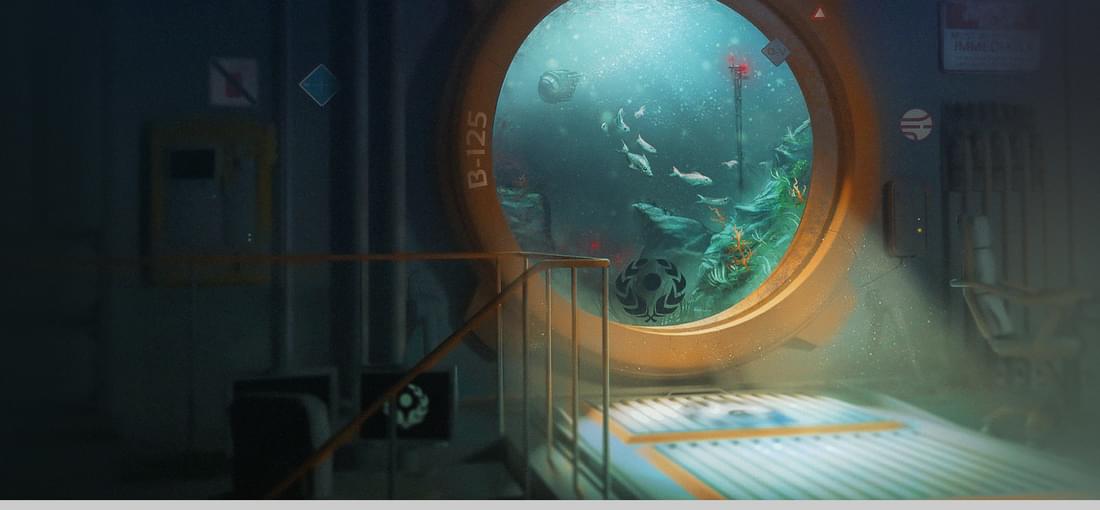
Let me first say that I didn't like Amnesia and to be honest, I somewhat despise the game design of running and hiding from indestructible enemies. I personally think there are better ways of creating suspense and permanently getting trapped by monsters you can't affect is simply frustrating and bad design. Anyway, the good news is that I still liked Soma despite using this type of game mechanics - but mainly because they are just used here and there and get annoying only in a very few scenes. Most of the time, Soma is about exploration and telling a story with some puzzle solving here and there - and that is where it really shines. It's not like there are lots of puzzles or the story is totally novel - actually some authors like Philip K. Dick have dedicated their whole work to the question what defines a human. But for a game, the writing is certainly way above the standard and also the voice acting is pretty good. It's a bit of a shame though that the graphics are only OK. Like they serve their purpose and aren't ugly but it's not like there is any eye candy either. Also neither the underwater bases nor the trips across the bottom of the ocean show any inspired world design. Actually, I found the walking around on the ocean bed a lot less entertaining than I expected. Besides, the game design is strictly linear and the game is on the short side - like around 8h or so. Most of the puzzles are very straight forward. I only got stuck twice for some time because I overlooked a little switch in one case and was supposed t do things in a certain order in another case. Still, the solid overall design and good story make Soma worth playing and something you might remember even in a few years.
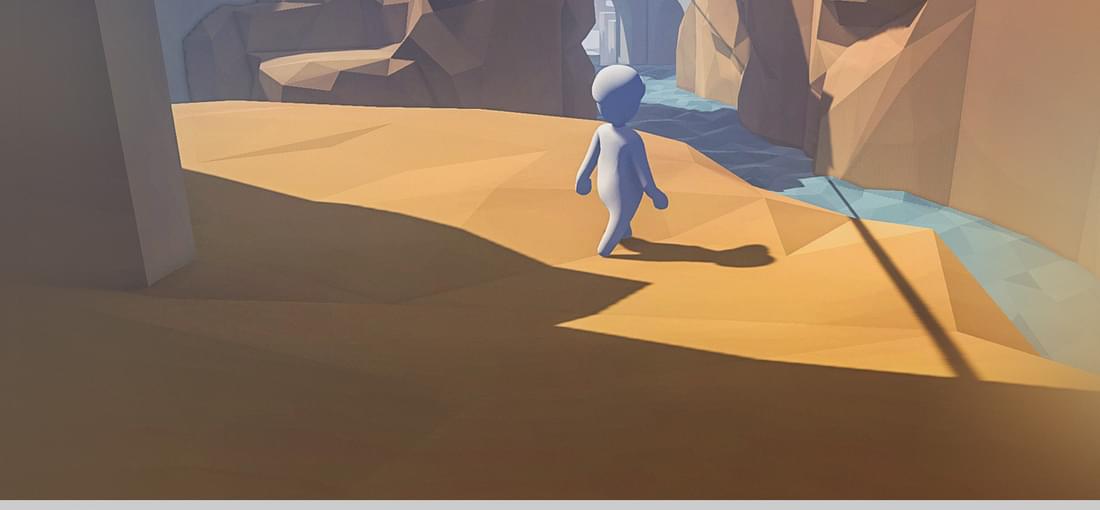
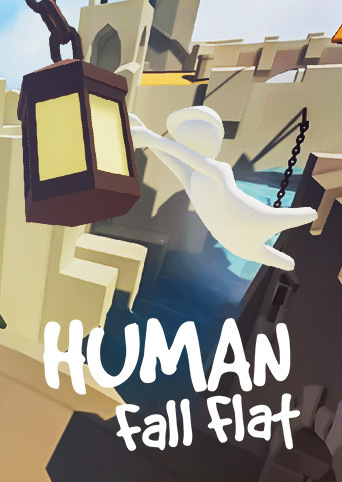
This is really somewhat unique simply because its developers managed to turn a rigidbody sandbox demo into a full fledged puzzle game. On top of the abstract yet beautiful graphics and the clever controls there are quite a few fun ideas like vehicles (including boats) and power supplies. Still, it can be very frustrating to get your little hero into doing exactly what you want to do. Especially some of the climbing and jumping can get annoying if the little dude stumbles and falls down the tenth time and you need to restart from the beginning. Also, there are only a few levels and especially the last one is a bit carelessly designed in the sense that you can take a short cut which skips like 90% of the level. Actually, this happened to me accidentally and as this created a savepoint directly before the exit, I couldn't really play the last level as it was intended to. So with a bit more polishing and content, this would be a totally awesome game. It's still pretty good in its current form though.
I didn't quite know what to expect and kinda assumed this game was about fiddling around with old equipment to solve some puzzles. While this element exists to some degree, the main game mechanism is typing in text in some kind of old school text adventure. The problem is that it's a very poorly done mini text adventure with a nearly non-existing parser that just forces you to type specific phrases to continue. It doesn't even follow conventions like describing the surroundings so you need to type "look around" all the time to even get a clue what you could do. Even in the better parts where you fiddle around with equipment from the 80s, you actually just look up instructions and type in text lines where the game insists on case sensitive input. It's maybe worth mentioning that even with enabled subtitles, you need to understand certain spoken code sequences in the third chapter, so if you you're hearing impaired or muted your audio, you won't be able to solve certain tasks (I wouldn't call them puzzles). Finally, there are two scenes where you can walk around in a very basic 3D environment but both are very short and very simple. So, well, it took me around two hours and a half to finish this and while the story was OK, I can't wholeheartedly recommend this - at least not for the full asking price. As with many experimental indie games, there's just too little content and most of it doesn't even feel like a game.
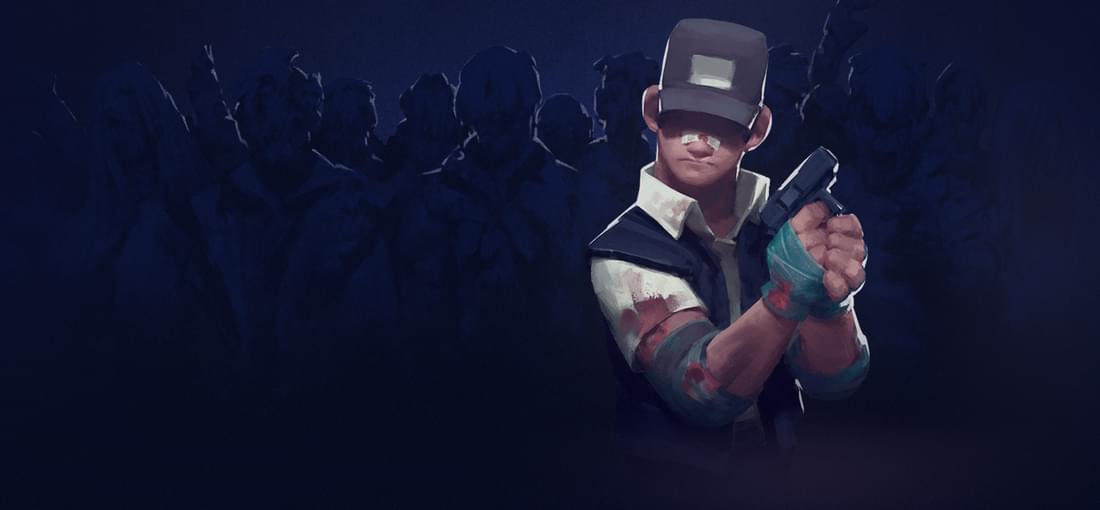
Think of it as compressed and harder version of the main game. It's much shorter (~2h), there are no additional weapons (just gun and baseball bat). The minigame resource management in the train is replaced by a screen showing you in the car where you can craft, heal or continue using button clicks. The higher difficulty comes mainly from more aggressive enemies that tend to injure you in melee, less ammunition/med packs and badly implemented savepoints. Like dying in the main game costs you a few seconds to replay, while in the DLC it happens that you have to repeat half of the level. Partly this seems to be caused by the game expecting you to travel through the level in a certain order and if you don't there's no savepoint at all for the parts you did in "wrong" order. All of this would be OK if at least the chance had been used to reveal more of the story. Instead, there are new mystery elements introduced and the whole side story is wasted for some cheesy "surprise" ending.
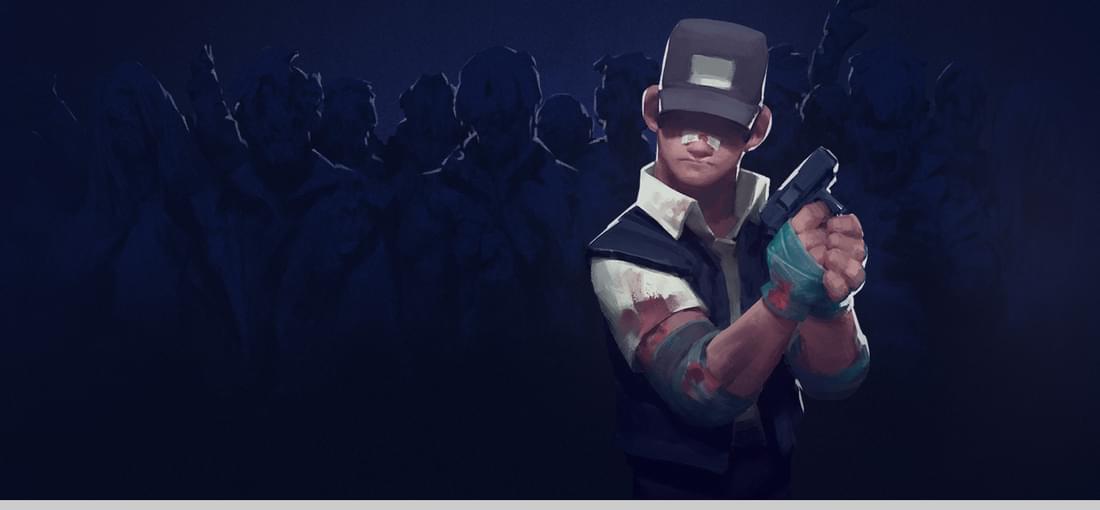
I liked the graphics style and the story is somewhat intriguing at first, but the game is much too short (~5h), too easy and then just ends without revealing more than a few hints about what has actually happened. Though the core mechanisms work well, they are very basic and there's no development towards higher complexity later in the game. Like you get a machine gun as weapon very late in the game and then it ends quite abruptly without really putting that new weapon to good use. Until then, more or less every level repeats the same principle. In the end, it felt more like an extended demo of something that could be a game than like a full fledged game. So, yeah, I kinda enjoyed it while it lasted but it's not like I could wholeheartedly recommend it as something that you have to play. If you know what to expect and get it on sale, it's still worth playing.
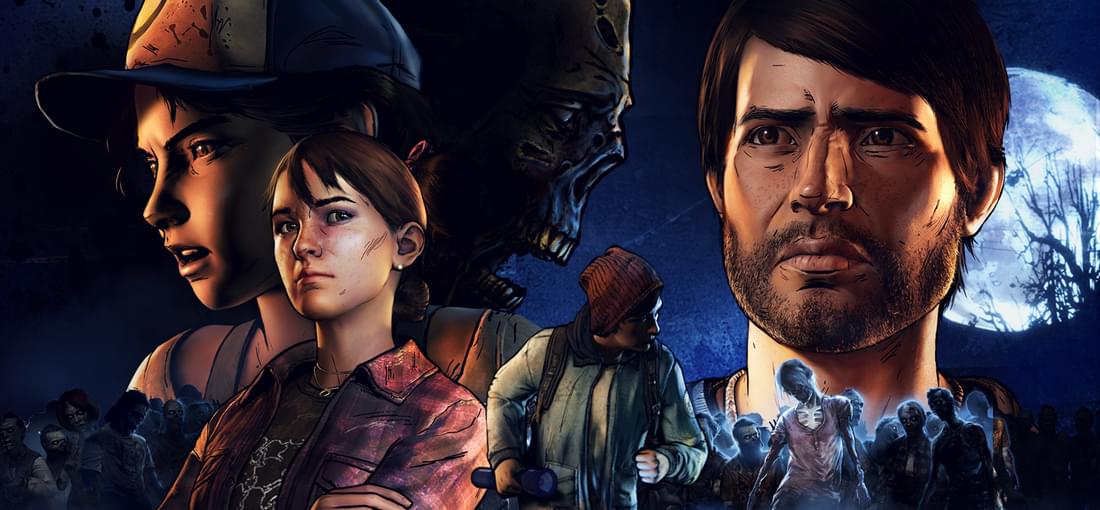
Good things first: the story around Javier who tries to protect his family, meets Clementine and gets in trouble with "The New Frontier" is packed with drama, some interesting characters and generally worth being told. Also the graphics are improved quite a bit. There are graphical glitches though. Like black bars appearing somewhere on the screen or a gray column reaching from Javier's backpack into the room and hiding parts of the scenery. Besides, the better the models and textures look, the more annoying the black strokes become to emphasize the comic book look. The 3rd seasons is also a step back regarding interaction. There are only a couple of small scenes where the player is allowed to move around a bit (fixed cameras) and nothing you could really call a puzzle. So 90% of the playtime is a movie with some quicktime events and some (timed) dialogs now and then. Again, most of your decisions have only minor impact or none at all. You are still told that people will remember your decisions at points where this doesn't make sense. In one case, your choice is even reversed. Also the quicktime events are deliberately inconsistent. Like 3x "E" for a headshot, then 3x "Q" but suddenly the game expects mouse aiming with the cursor appearing one second before the event at the other side of the screen. As far a I can tell, the savegame handling was completely removed: you can only restart an episode. Actually you can't even import savegames from Episode 2. If you want to, you have to create a Telltale account and somehow import your savegame there first. If you don't, the game displays nag screens at every possibility to make you to. And if they don't nag you about your Telltale account, they nag you about playing other Telltale games (weirdly also Season 1 and 2). All of this is pointing in the wrong direction. I hoped Telltale games would evolve towards something like "Life is Strange" but instead the interaction is reduced. Well, and the nagging is annyoing.